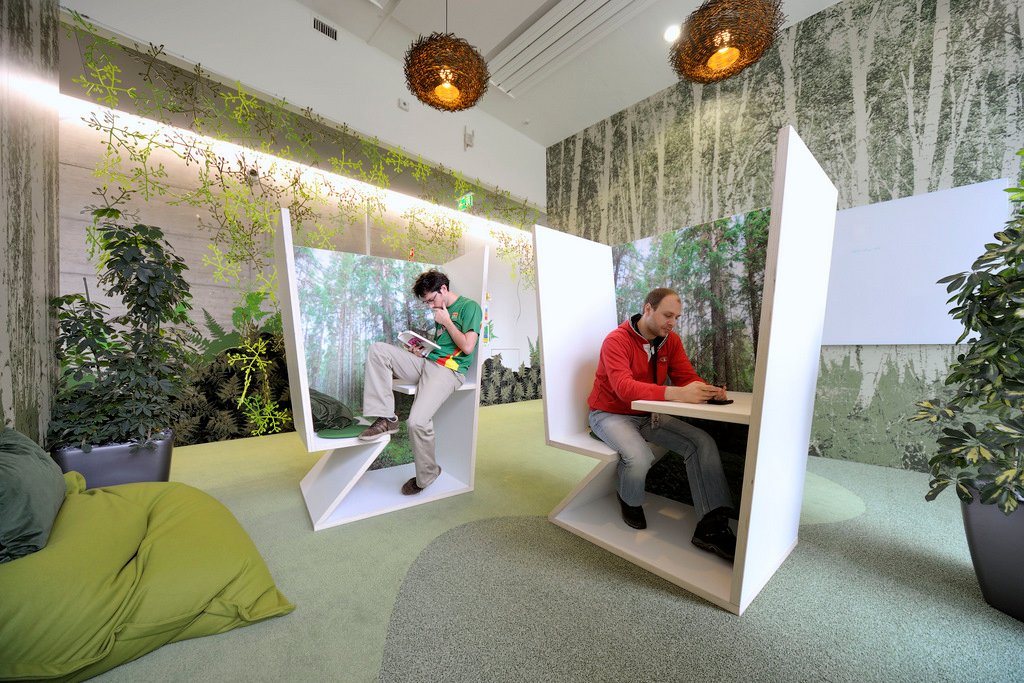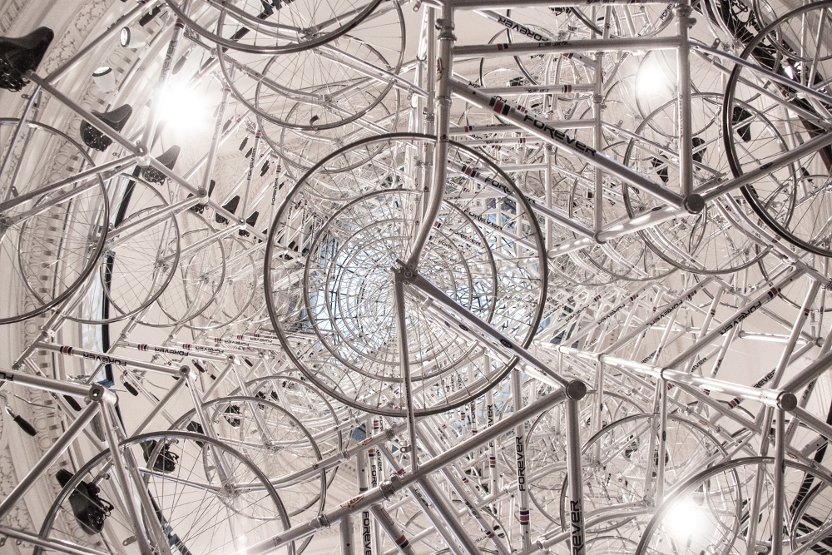“We should consider every day lost on which we have not danced at least once.” —Nietzsche
On a big gig with big Pharma, I brought my older daughter to help with collecting data and gathering impressions.

After a week of intensive focus groups and walking through the corporate headquarters, she dryly commented, “Hmmm, there’s no dancing in these halls!” By that time in my career, I had worked with hundreds of organizations around the world, and I had never heard such an astute description of corporate life.
The question is, what are the factors that determine whether people come to work with a lightness in their step, with a smile on their face, with a playful twinkle in their eyes, and with a radiant glow of their being; or sit slumped at their desk with tension in their shoulders, dread in their souls, and exhaustion in their eyes?
In this post, I will briefly describe five sets of factors that account for the difference between employee delight and dread, and then share an example of an extremely productive organization in which there is “dancing in the halls.”
The first set of factors has to do with the content of the work, the nature of work processes, and the quality of the work environment. Let’s face it, if your work sucks it’s a little hard to beam with enthusiasm.
For example, in today’s work environment, many people sit in front of computer screens all day and crunch numbers. When communication, decision-making, and planning processes are also tedious, the work experience can feel gloomy.
Work environments can range from boring and deadly to stimulating and fun. At many progressive companies, there are open spaces, meditation rooms, fitness centers, free cafeterias, massage therapists, child care centers, and laundry services. Those environments typically create a different kind of energy and passion than cramped, dirty, sterile, stale, toxic places. It’s easy to see how people would skip energetically through the halls in the former and slouch wearily at their desks in the latter.

The second set of factors has to do with how well the job satisfies individual purposes and aspirations.
When leaders take the time to inquire about the dreams and aspirations of their staff, people feel acknowledged and understood.
More importantly, when people feel that the work they are doing contributes to a greater good, they are more likely to feel invested and inspired. On the other hand, simply doing financial machinations to maximize the profit of the organization can feel empty—even ugly. People don’t usually dance when they are feeling empty and ugly.
The third set of factors has to do with organizational goal setting, information gathering, decision making, planning, and performance evaluation. People are more likely to “dance” when they feel they have a voice in goal setting, when multiple sources are consulted in problem solving, when decision making is as open and inclusive as possible, when everyone knows how their individual objectives contribute to the organizational mission, and when they feel their performance evaluation is objective, fair, and impartial.
It’s hard to dance when you don’t feel seen, heard, valued, included, aligned, and treated equally.
The fourth set of factors is related to the communities in which the work takes place and the degree of employee freedom and flexibility. I know that preferences vary widely for desired work locations, but for me, I would have a hard time kicking up my heels in a coal town in rural West Virginia where access to arts and entertainment is extremely limited. I also know enough about myself to realize that I don’t thrive under controlling and rigid leaders.
In my experience, leaders who free people to be who they are do what they want (as long as they produce desired results) elicit far more energy, creativity, and passion than micro-managing control freaks.
Step and fetch it is not the kind of dance that appeals to me. The best leaders create spaces in which possibilities endlessly and energetically unfold.

The last set of factors has to do with the standards of excellence expected from individuals and organizations.
Most people I know want to bring their best to everything they do.
Sometimes they fall short because their operational capabilities are not sufficient to deliver on their aspirational requirements.
In many organizations, however, words on the wall defining vision, mission, goals and values are empty concepts that have no buy-in from the people who work there.
Reflective of a larger societal issue, it seems that we have evicted substance and spirit from much of our language. For example, think about how the words trust and respect have been drained of meaning.
In my experience, people are more likely to “feel the music” when goals are personalized, specific, measurable, and achievable.
Work should be an expression of our gifts.
Great leaders bring out those gifts in people and create a beautiful harmony among them.
Sadly, in the age of Artificial Intelligence, we are starting to treat people more like machines and machines more like people. We live for reasons beyond consumption, production, and accumulation. Dance awakens what is alive in our souls.

I recently had the opportunity to work closely with an organization that welcomes dancing in their halls. Not only does this organization have an inspiring vision (protecting and preserving the land and water in Northern Michigan), it also has a leader who inspires the staff with his passion, energy and commitment. Not surprisingly, the staff feels invested, thinks interdependently, finds great meaning in their work, and experiences a deep sense of joy to be doing what they are doing almost every day.
Working with the Grand Traverse Regional Land Conservancy (GTLC) not only stimulated the idea for this post but made me think about the real differences between organizations in which there is “dancing in the halls” and organizations in which there is a forced march to oblivion.
Essentially, the differences revolve around why, how, and what. Dancing organizations have a larger purpose beyond themselves. They know why they are there and have a strong commitment to purpose. Dancing organizations are clear about their values—how they work together and play together. They are committed to each other’s growth and success and treat each other with dignity and respect. Finally, in dancing organizations people feel good about what they are doing are very clear about their goals and roles.
Working with the GTLC brought a smile to my face, a fire in my belly, and a lightness to my step. To me, their leader has a style that brings out the best in people and reflects the grace of a powerful stanza on leadership by the great poet, John O’Donohue:
May you have the mind that loves frontiers
So that you can evoke the bright fields
That lie beyond the view of the regular eye.May leadership be for you
A true adventure of growth.
Ah, if only leaders could bring that frame of mind to the workplace—we’d have far more dancing in the halls. See the entire poem here. May we not lose another day of not dancing at least once.
Also published on Medium.



Glorious that you’re doing more of what I call your “reporting from the trenches,” and taking off so well from Becky’s theme of “no dancing.” I HAD to share this post with Judith who just told me of her new coachee at the global physician training company where she is coaching also the entire board. The new coachee is a new hire and in charge of a “Joy and Work” project, for within the company and for taking to hospitals. So there are at least some corners of the world where this message may be receiving. I’ll let you know of any response. Bravo for this